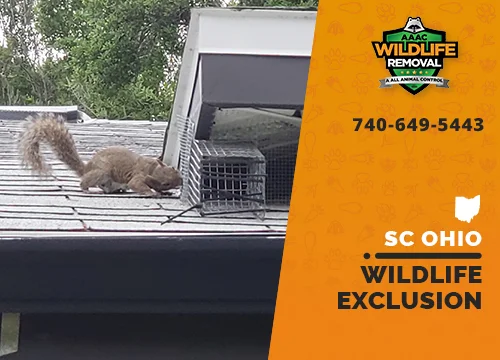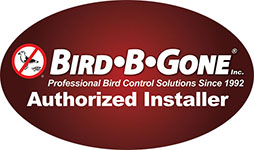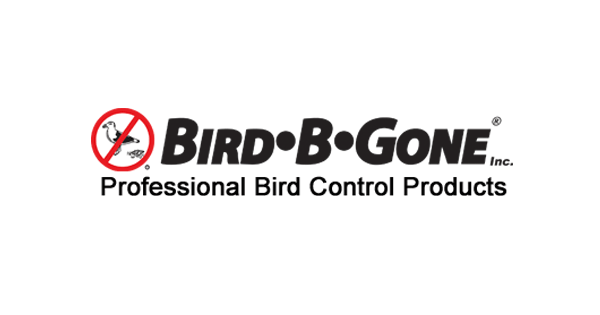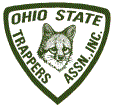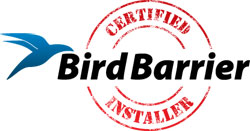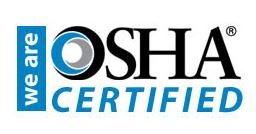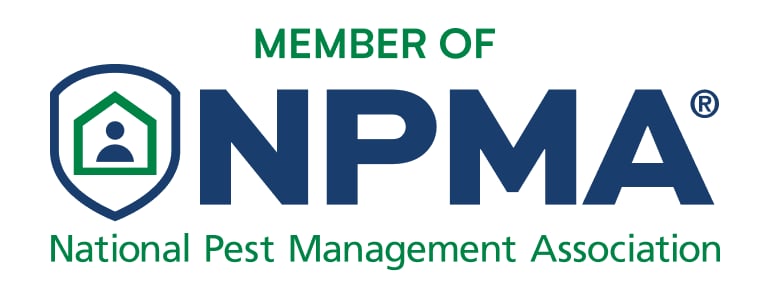
What is Wildlife Exclusion?
Exclusion involves sealing the entry points of animals into your home and business. This will prevent them from coming back in. This is easier than trying to exclude wildlife by yourself. You can seal all entry points so that they cannot come in.
AAAC Wildlife Exclusion Services offers humane exclusion services for any wildlife that may pose a threat to your home or business. Exclusion is done safely and correctly by our highly-trained staff.
We can help if there are animals living underneath your house or inside your walls. We can seal all entry points for animals that we find. This includes holes in floors and cement cracks around pipes.
How We Conduct Wildlife Control and Exclusion Services
Nuisance wildlife may have somehow managed to enter your home or business, and you are now thinking about trapping and getting rid of them. You can’t just trap them. Although you may be able to eliminate the first infestation, if you don’t do wildlife exclusion, you can only wait for the next group to arrive. Here are the steps taken to stop the infesting cycle using animal removal techniques.
Find and seal all entry points:
First, we find all of the access points that animals use. This could include holes in floors, cement cracks surrounding pipes – basically any way that an animal could get into your house or business. This can include roof flashing and soffits as well as holes in roof shingles. Next, we close off the access points. Sometimes, this is done by drilling rubber grommets or metal grommets over the hole. This creates a seal. For other situations, wire mesh can be used as a plug to cover the holes. Our third step is to add a weatherproof cover over your blocked-off hole so it can protect any openings from rain, snow, and wind. The last step is to check if there are any openings that could allow animals to enter your building.
Exclude wildlife using a trap or one-way door
Pest control professionals will usually locate the main entrance wild animals use to enter your home or workplace. We deliberately leave this gap open so we can properly eliminate nuisance wildlife. Once we’ve identified it, we can use either a live trap or a one-way door.

One-way doors: For those who don’t wish to kill the animal, a one-way door can be a good choice. These are doors that allow animals to access but not leave. You will need to leave a small opening on the door, just enough so that the animal can fit through it, but is not able to turn around and get out. Then, we place some bait on the other side of the opening and wait until the animal enters. It will be impossible for them to get out once they have moved towards it. They won’t be able to open the door from their side.

Live traps: Set traps near openings that could be used by animals to gain entry. The traps can be placed near any openings that allow us to lure the animals in. This way we won’t have to deal with or see them. Once an animal has entered the trap, it’s caught! If we are trapping larger wildlife such as possums or raccoons, we may need to use a cage trap. This trapping device is made of wire mesh and will keep the animal contained. After that, technicians from our wildlife company will remove the animal from your home.
Popular Access Points for Animal Entry
To avoid future wildlife infestations, any professional wildlife pest management service must inspect every possible entry point that rodents or other wildlife may use to enter your home. AAAC Wildlife Removal does a thorough job, but here’s a quick overview of the most common access points animals use to enter your home.

Ridge Vents
Bats usually enter attics via the ridge vent. This is a thin metal strip that runs along the roof edge. Ridge Guard can be used to close any openings on the vent side. We can seal the vents and do a complete roof replacement to make your house animal-proof. If you have photos of your roof, it will help us determine if there are any critters getting into your ridge vents.

Gable Vents
Raccoons, squirrels, or other animals often enter homes through the gable ventilations. These vents can be screened, or may have a small flap that is easily removed from the underside by an animal’s paw. Wire mesh can be used to secure the vents. We can also fix the vent flaps, and replace any rotted or damaged wood that might have opened the door for the critters.

Dryer Vents
Dryer vents offer rodents and birds a convenient entrypoint. If rodents find themselves migrating from one place to another looking for shelter and food, they will most likely use dryer vents as a way to enter your home. The airflow that comes through dryer vents is enough to keep them alive, so it’s important that we secure these areas with metal mesh and seal up any openings in the vent itself.
Birds enjoy dryer vents because of the warm airflow moving through them. You’ll notice an increase or decrease in your electricity bill as dryer vents are used by birds for access to their nesting space. The best prevention is an installation of common vent guards.

Soffit
Damaged soffits are a perfect entry point for rodents like squirrels and raccoons to climb into attics. Wildlife removal professionals should remove any decayed wood that allows wildlife access and seal the gaps with metal mesh or closures. Your soffit can look brand new again and the rodent family will be gone forever.

Fascia
Wild animals just love the fascia on a house. If your roof has gutters, the fascia is what would be below the gutter. The fascia is a longboard that fills in any space between your roof and your eaves. To stop wildlife from using the access point, we seal all gaps with metal mesh, replace any rotten wood, then cover it with a metal covering that allows water to flow freely but prevents animals from entering.

Eaves
Raccoons love to get into your home through the eaves. Eaves are the edges of your roof where it meets the side of the house. Our technicians can secure gaps with metal mesh for wildlife exclusion. We can also install special eaves protectors that will prevent animals entering again.

The Chimney
One of the easiest ways animals can enter a house is through its chimney. If a critter is already inside, we can simply remove and replace chimney liners to get rid of the animal.
Raccoons, squirrels, and bats love to nest in chimneys. This is an access point that is hard to check because of fire hazards and venting. Flameless heat detection cameras are often used to locate animals’ hiding places. We can also remove old caps and remove the liner to replace them.

Cracks in the foundation
Foundation cracks are a favorite entry point for rodents. We can repair foundation cracks by using a cement-filler compound. Rodents will not be able to enter the walls again. This repair is animal-proof and will make your home look great from the outside.

Exposed pipes
Exposed pipes are an easy way for rodents to gain entry into your home. It is best to cover any gaps with steel mesh to keep rodents out, then cover the pipe openings with a cap. This prevents animals and allows for air to flow freely throughout your home.

Wildlife Damage Repair Service
After your wildlife exclusion has been completed, you need to repair any damage caused by rodents or other pests. Wild animals will often make their doorway to your home bigger by chewing on it or scratching it with their claws. This can cause unsightly damage.
Our wildlife damage repair services are top-notch among pest control providers. We have the contracting and carpentry experience needed to repair even the most complex forms of wildlife damage. Our contractors have the ability to replace damaged drywall and insulation. The contractors have the skills to quickly and efficiently repair your home to minimize future animal damage.
Learn more about Wildlife Damage Repair

Attic Restoration
You may find your attic contaminated by urine, feces, and blood from an infestation. This can cause a horrible stench and create a perfect environment for mold growth. Our pest control experts will replace any contaminated insulation by fresh materials that have been treated against humidity and odor. You can also have insulation replaced if it is damaged or chewed by rats, mice, or other pests. This will be done by attaching new material to your attic floor using heavy-duty staples. Our attic restoration service will make attics look as good as new again!
Learn more about Attic Restoration
Wild Animal Pest Control
Exclusion is a humane approach to pest control. Wildlife can be humanely captured or encouraged to flee, and then they are unable to return to your home once their holes have been closed. This article provides information about a professional wildlife exclusion service that resolves the problems caused by wild animals. AAAC Wildlife Removal is available for expert advice on wildlife exclusion!

